- News
- Reviews
- Bikes
- Components
- Bar tape & grips
- Bottom brackets
- Brake & gear cables
- Brake & STI levers
- Brake pads & spares
- Brakes
- Cassettes & freewheels
- Chains
- Chainsets & chainrings
- Derailleurs - front
- Derailleurs - rear
- Forks
- Gear levers & shifters
- Groupsets
- Handlebars & extensions
- Headsets
- Hubs
- Inner tubes
- Pedals
- Quick releases & skewers
- Saddles
- Seatposts
- Stems
- Wheels
- Tyres
- Tubeless valves
- Accessories
- Accessories - misc
- Computer mounts
- Bags
- Bar ends
- Bike bags & cases
- Bottle cages
- Bottles
- Cameras
- Car racks
- Child seats
- Computers
- Glasses
- GPS units
- Helmets
- Lights - front
- Lights - rear
- Lights - sets
- Locks
- Mirrors
- Mudguards
- Racks
- Pumps & CO2 inflators
- Puncture kits
- Reflectives
- Smart watches
- Stands and racks
- Trailers
- Clothing
- Health, fitness and nutrition
- Tools and workshop
- Miscellaneous
- Buyers Guides
- Features
- Forum
- Recommends
- Podcast
TECH NEWS
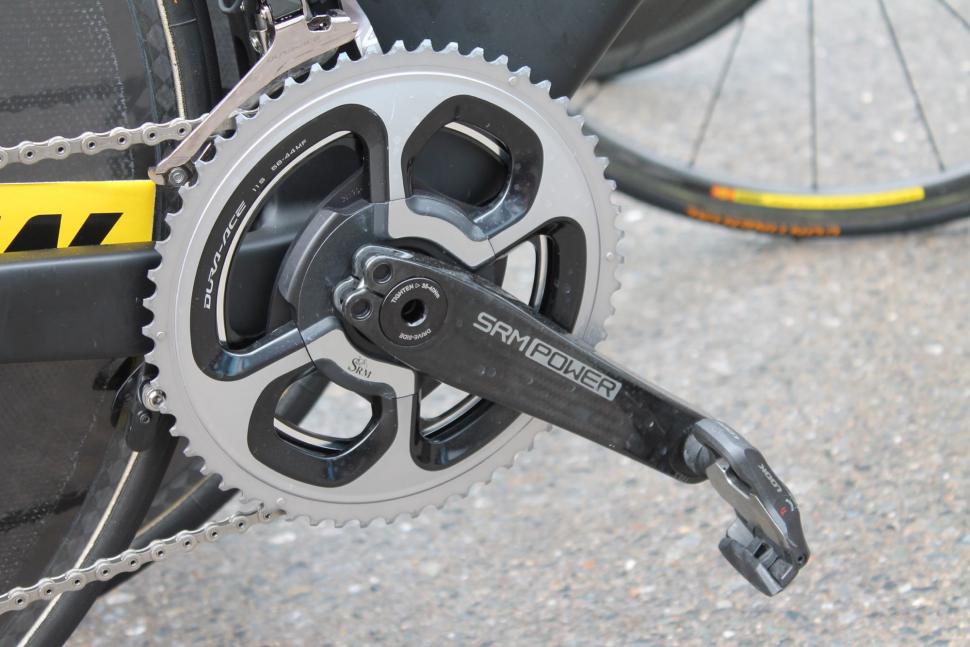 Tour Tech 2017 - AG2R SRM carbon - 1.jpg
Tour Tech 2017 - AG2R SRM carbon - 1.jpgTour Tech 2017: Power meters of the peloton
Power meters have been a part of the Tour de France landscape for years, but whereas just a couple of brands used to dominate the peloton, these days a whole lot of different models are used by the pros. Here are some that we’ve spotted in this year’s race.
The Dimension Data team uses Rotor’s 2INpower (pronounced ‘twin power’) meters. As the name suggests, these are dual sided.
The left leg is measured through axle-based strain gauges while more strain gauges on the driveside crank arm measure the right leg. Although these are round chainrings on Edvard Boasson Hagen’s TT bike, 2INpower is compatible with Rotor’s oval Q-rings The battery is USB rechargeable.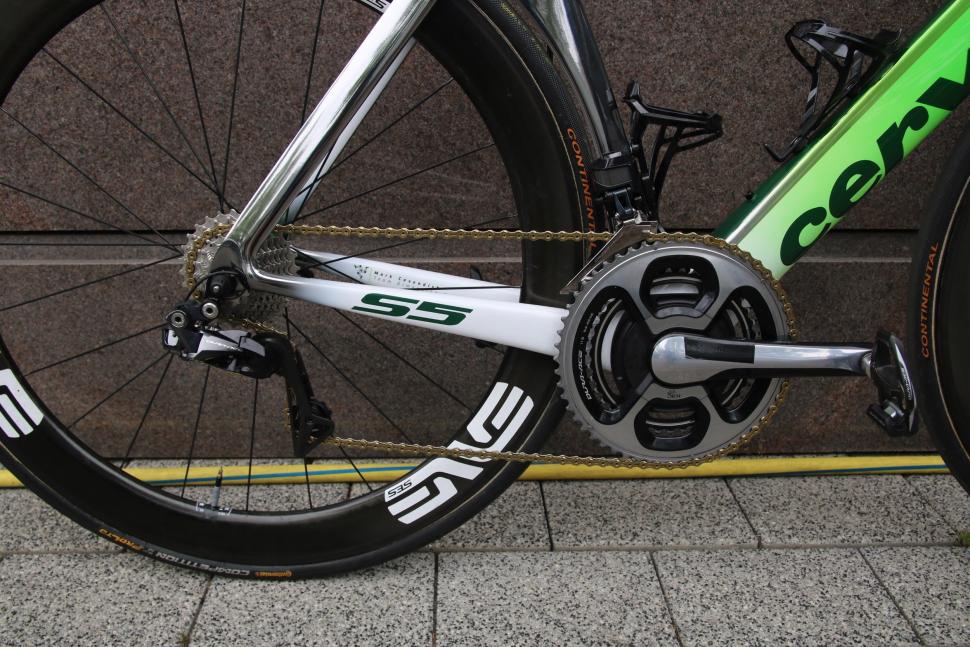
Team mate Mark Cavendish (who crashed out of the race at the end of Stage 4) doesn’t have Rotor cranks fitted to his Cervelo S5, though. You don’t have to look too closely to see that this is an SRM power meter using Shimano Dura-Ace 9000 series cranks. The mechanics have stuck a bit of electrical tape over the branding for sponsorship reasons but it’s still easily identifiable.
BMC Racing’s Greg Van Avermaet uses the same setup… but without the tape!
His SRM head unit is gold to match other detail on his bike in recognition of his status as Olympic champion.
Some FDJ riders in the Tour de France are using Shimano's new power meter, as opposed to third party power meters with Shimano cranks. Find out about Shimano's power meter here.
This AG2R TT bike (hence the 56/44T chainrings) is fitted with an SRM power meter and carbon cranks from Look with Trilobe technology; the pedal tightens into an insert that allows you to set the crank length at 170mm, 172.5mm or 175mm. The crank arm, including the Trilobe insert, weighs a claimed 127g.
Lotto Soudal uses SRM power meters too, although they’re paired with Campagnolo cranks. This is one of Andre Greipel’s bikes.
The team’s Adam Hansen, however, uses cranks in a length not supplied by Campag so these are from Lightning Cycle Dynamics. He still uses an SRM power meter (and a whole lot of tape to cover up branding on the chainrings).
Astana uses Type S power meters from German brand power2max. This is Fabio Aru’s bike.
The power2max system replaces the spider between the crank arm and the chainrings with a unit that uses strain gauges to measures torque. It transmits to a head unit via ANT+.
Nairo Quintana’s bike (pictured at the team presentation before the Tour’s Grand Départ, hence the trainers) is fitted with power2max too, this time in a Movistar green four-bolt version with the team’s Campagnolo cranks. power2max power meters automatically update the zero offset when you stop pedalling for 3secs or longer to ensure accuracy throughout a ride.
Quick-Step’s power meters are 4iiii Precision. Strain gauges in the crank arms are used to calculate power here (similar to Stages, below) and the results are sent to a head unit via Bluetooth Smart or ANT+.
4iiii Precision was originally single-sided, measuring just the non-driveside – and that version is still available. The pros, including Peter Sagan (this is his Venge, above), now use Precision Pro which is dual sided.
Check out our 4iiii Precision power meter review here.
Pioneer supplies the power meters for LottoNL-Jumbo. The crank-based Pioneer system measures force and direction of force measurement 12 times per revolution and can display force in real time, so you can use it to analyse your pedal stroke.
Fortuneo-Oscaro use Look’s Kéo Power Dual Mode pedals (we didn’t get a good close-up photo at the Tour so here’s one of Look’s own, below).
Eight strain gauges inside each pedal axle take measurements that are relayed to a head unit via little pods attached to the crank arms. Look says that the system adds 150g compared to a pair of its non-power high-end pedals.
Katusha-Alpecin use SRAM Red eTap groupsets with SRAM’s own Quarq power meters. Quarq is a crank spider based system that’s compatible with every bottom bracket out there.
Team Sky uses Stages power meters (this pic was taken at the team presentation, hence the non-riding shoes). The Stages system relies on strain gauges on the non-driveside crank arm to provide power measurement (although a dual-sided system is being trialled).
Here's a pic from Stages where you can actually see it properly! One of the advantages of Stages is that it’s tiny (65mm x 30mm x 10mm) and lightweight, adding less than 20g.
Read our review of the Stages Power meter here. And find out about the new Stages Dash GPS computer and Link web platform here.
Mat has been in cycling media since 1996, on titles including BikeRadar, Total Bike, Total Mountain Bike, What Mountain Bike and Mountain Biking UK, and he has been editor of 220 Triathlon and Cycling Plus. Mat has been road.cc technical editor for over a decade, testing bikes, fettling the latest kit, and trying out the most up-to-the-minute clothing. He has won his category in Ironman UK 70.3 and finished on the podium in both marathons he has run. Mat is a Cambridge graduate who did a post-grad in magazine journalism, and he is a winner of the Cycling Media Award for Specialist Online Writer. Now over 50, he's riding road and gravel bikes most days for fun and fitness rather than training for competitions.
Latest Comments
- Paul J 1 min 20 sec ago
I've quoted Chris' account. Point stands that pedestrians are also a risk if you're in the TT position, with view impinged if not fully head-down ...
- brooksby 3 min 1 sec ago
You must keep a helluva spreadsheet somewhere, wtjs!
- wtjs 5 min 57 sec ago
Then smash bad driving behaviour very hard...
- chrisonabike 11 min 41 sec ago
Nice advisory cycle lanes there (broken lines) - what do they mean? Absolutely nothing!...
- Steve K 1 hour 15 min ago
The original estimate on the Merckx jersey seemed very low to me (I would have been tempted at just over £800).
- Rendel Harris 3 hours 19 min ago
I have a Nightrider and it's all reflective from the hips down at the back. Yes the Phantom is black from below the shoulder blades but the arms...
- David9694 4 hours 43 min ago
Calls for Oxfordshire transport chief to resign blocked...
- Bungle_52 7 hours 7 min ago
That one was completely different though, it was a driver not a car as in the other 3. So 1 in 4 of the stories manage to follow reporting guidelines.
- Rendel Harris 8 hours 59 min ago
Absolutely they could have. Tarmac is a petroleum-based product and its surface can be very oily when it's newly laid. This is particularly the...
- ROOTminus1 15 hours 2 min ago
I'm glad the article went into more detail and cleared things up, the headline had me worried that some autonomous building had run rampant and...



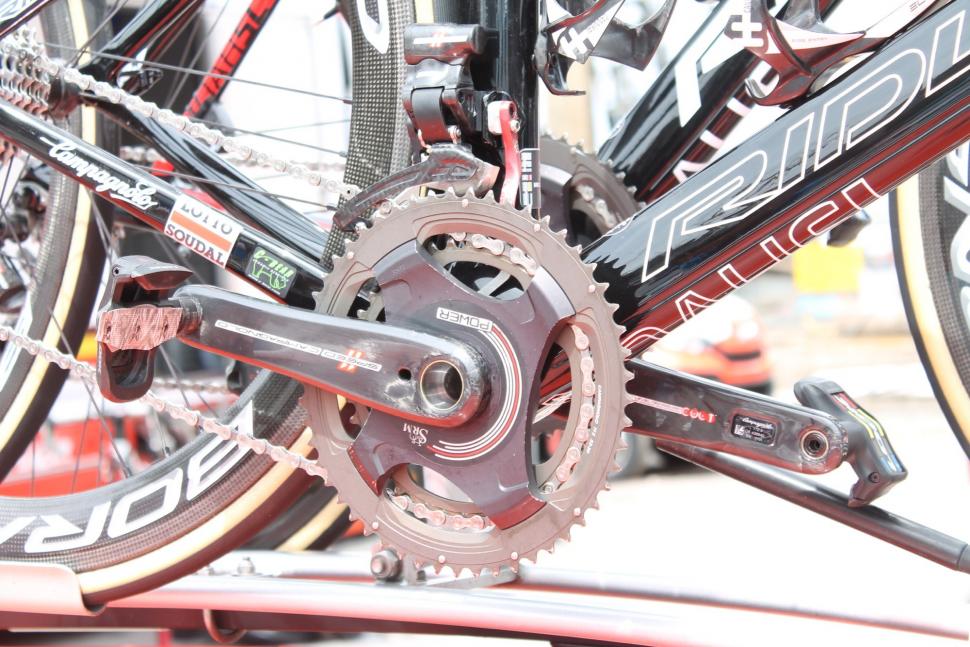
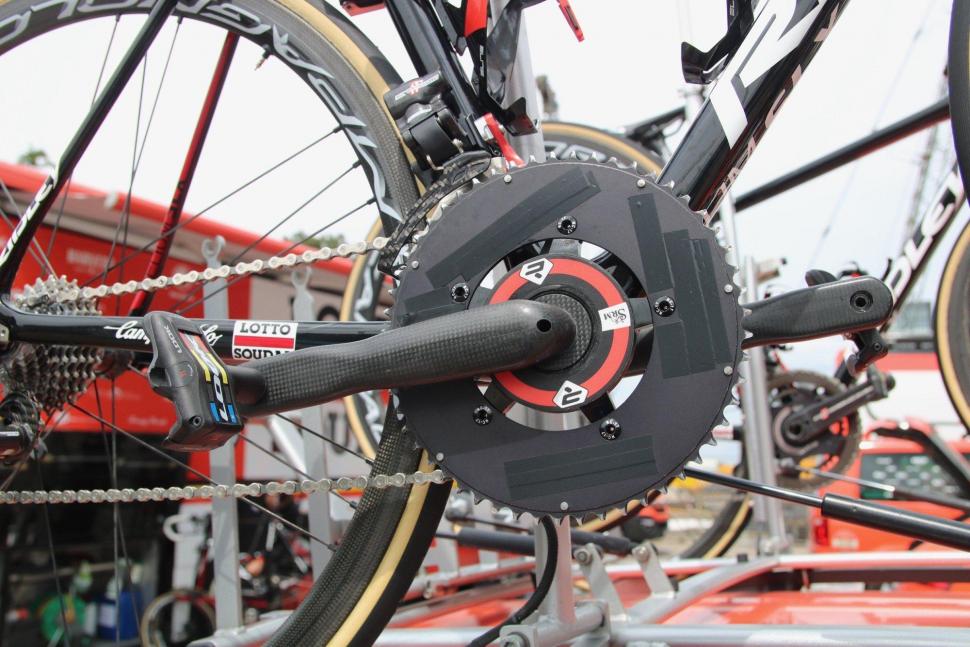
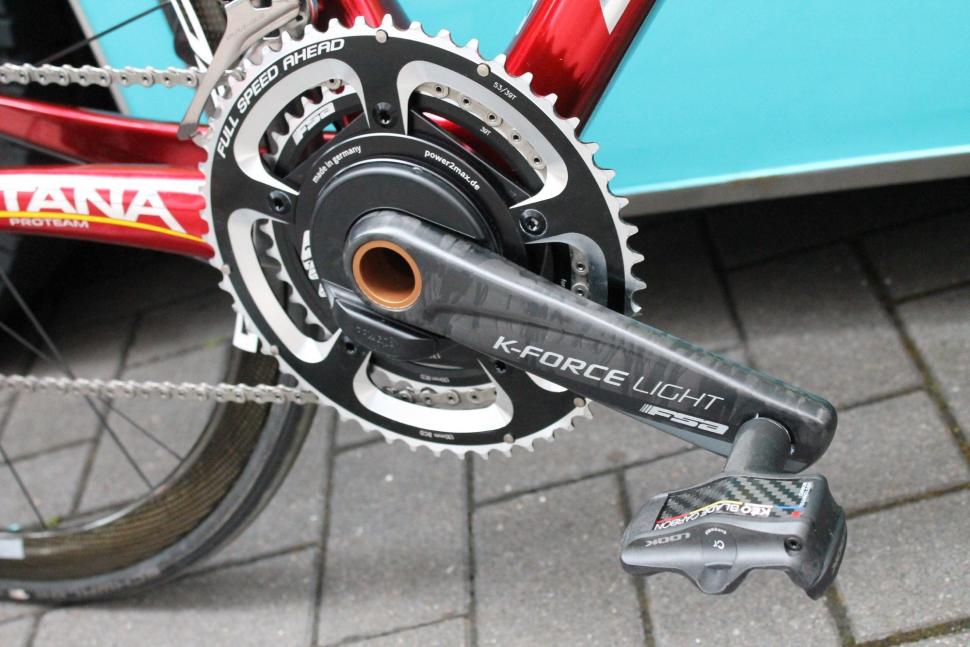
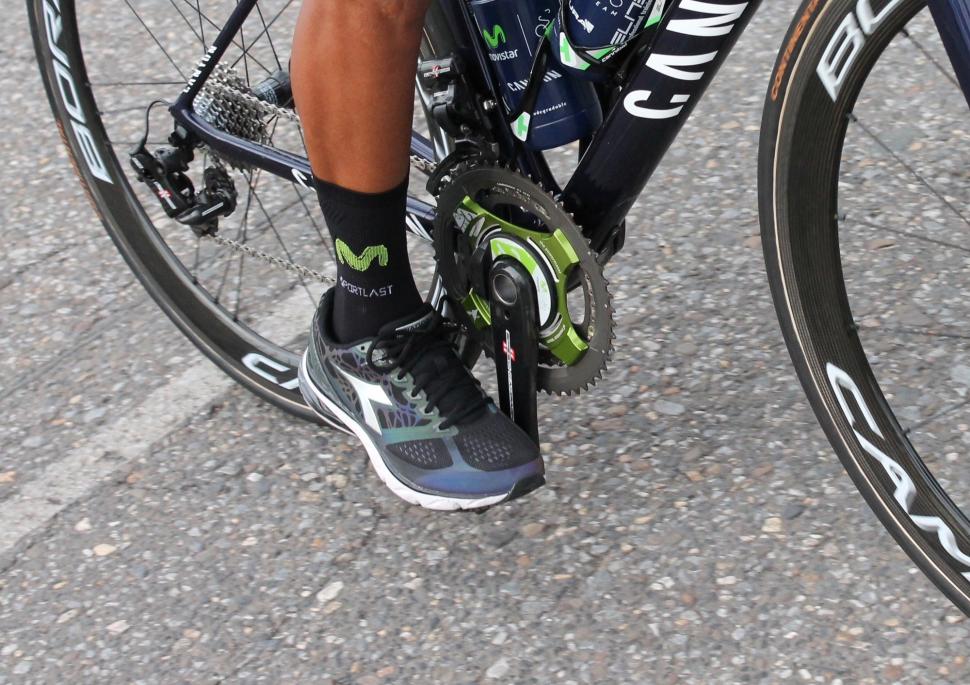
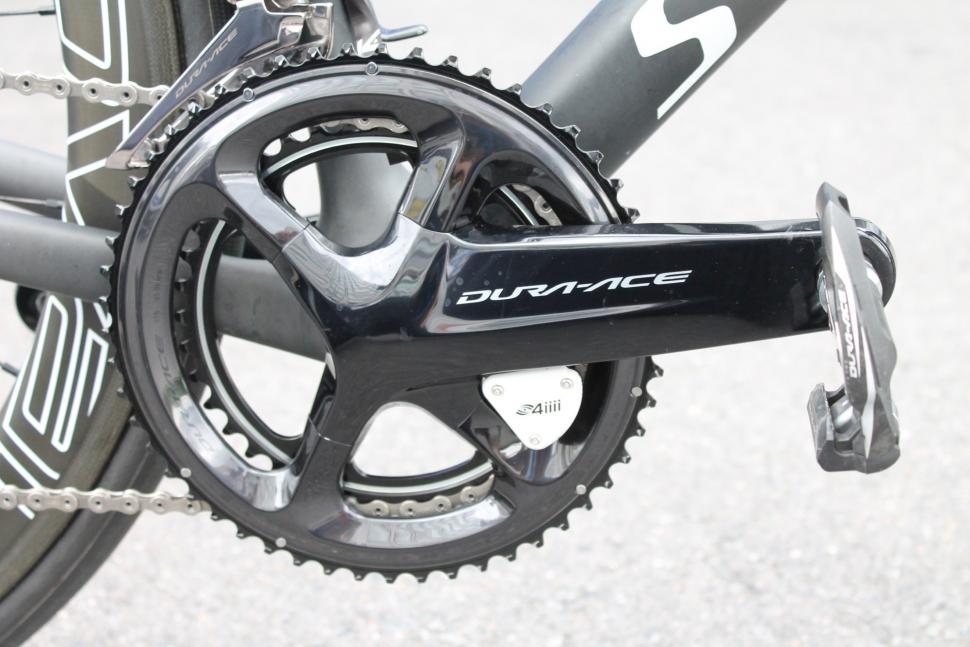
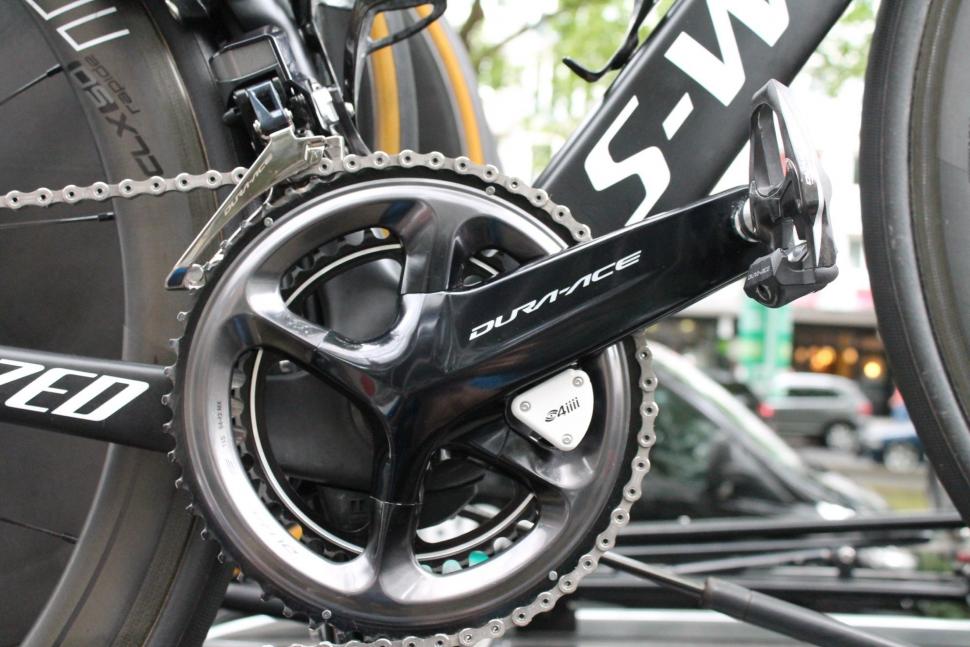

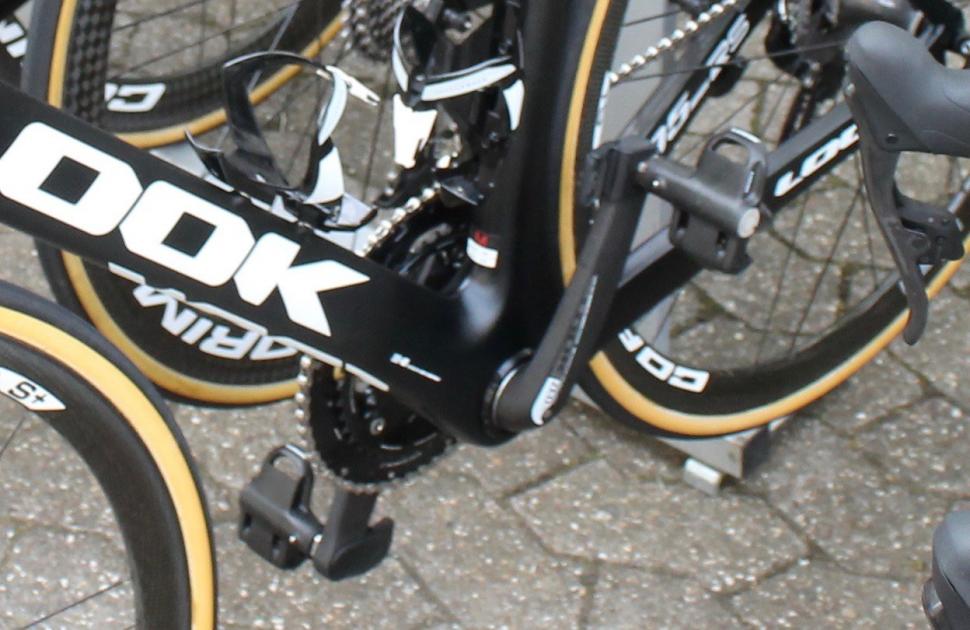

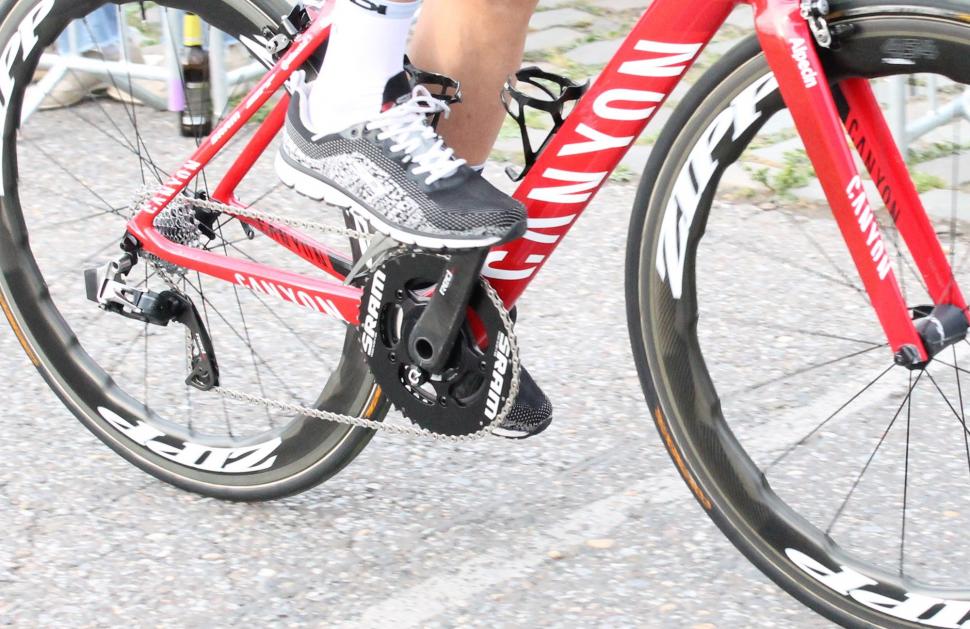


Add new comment
10 comments
Mmm, I have the cheap rotor inpower it's great,can't afford cake or coffee! The problem I have is the damn Garmin which has failed me so often...
what is it with these pros? Cav has a paint job that nearly costs as much as the bike then ruins the weight saved (paint is 26g!!!) with his non rotor chain set!!!! As for Hansen surely painting the chainring is doable all that tape! Again must weigh as much as the light cranks saved and more to the point looks shocking.
What chainring is Hansen using? It looks a bit like another rotor product.
You fell into the old "Giant-Alpecin use SRAM Red eTap groupsets with SRAM’s own Quarq power meters", trap where Giant-Alpecin no longer exists. The image is from the Katusha Alpecin bike with the SRAM unit. The renamed Team Sunweb meanwhile have the new Shimano units, having migrated from the Pioneer units they used last year.
Katusha Alpecin not Giant Alpecin - that's me not concentrating. Thanks for pointing it out.
Some members of FDJ and Sunweb have been using the Shimano power meter at the Tour although other members of Sunweb are still using Pioneer.
Tour Tech 2017 - Team Sunweb Giant Pioneer 2 - 1.jpg
I think I'll wait for the Clint Eastwood film. No, wait, that was The Bridges of Madison County.
With Wyatt E-Tap
So I recently bought a Stages Campag super record. I use a Garmin Edge 820.
I am already on my 2nd Stages due to issues with the Garmin receiving data from the stages.
To be fair to Stages their customer service have been very quick to respond and sent me a replacement unit straight away. I have done one ride with my replacement unit and it isn't much better. I am going to give Stages a fair chance to resolve the issues but I don't think it will get fixed.
Has anyone out there got a stages working well with a Garmin?
How come Cannondale-Garmin riders don't use Garmin Vector pedals, when Garmin is a main sponsor?
(They work fine by the way, I've got a set.) Out in the real world away from sponsorship deals, where we're bench testing what works and what doesn't, most people seem to be on Quarq or Power2Max, both pretty solid products. If you've got Stages, we're laughing and pointing, and if it's SRM or Rotor, I'm queing up behind you in the cafe hoping you'll offer to buy me coffee and cake
Why laughing at Stages?
Perhaps because they're Cannondale-Drapac? They haven't been sponsored by Garmin since 2015.
Eh, aye they are...
http://slipstreamsports.com/sponsors/